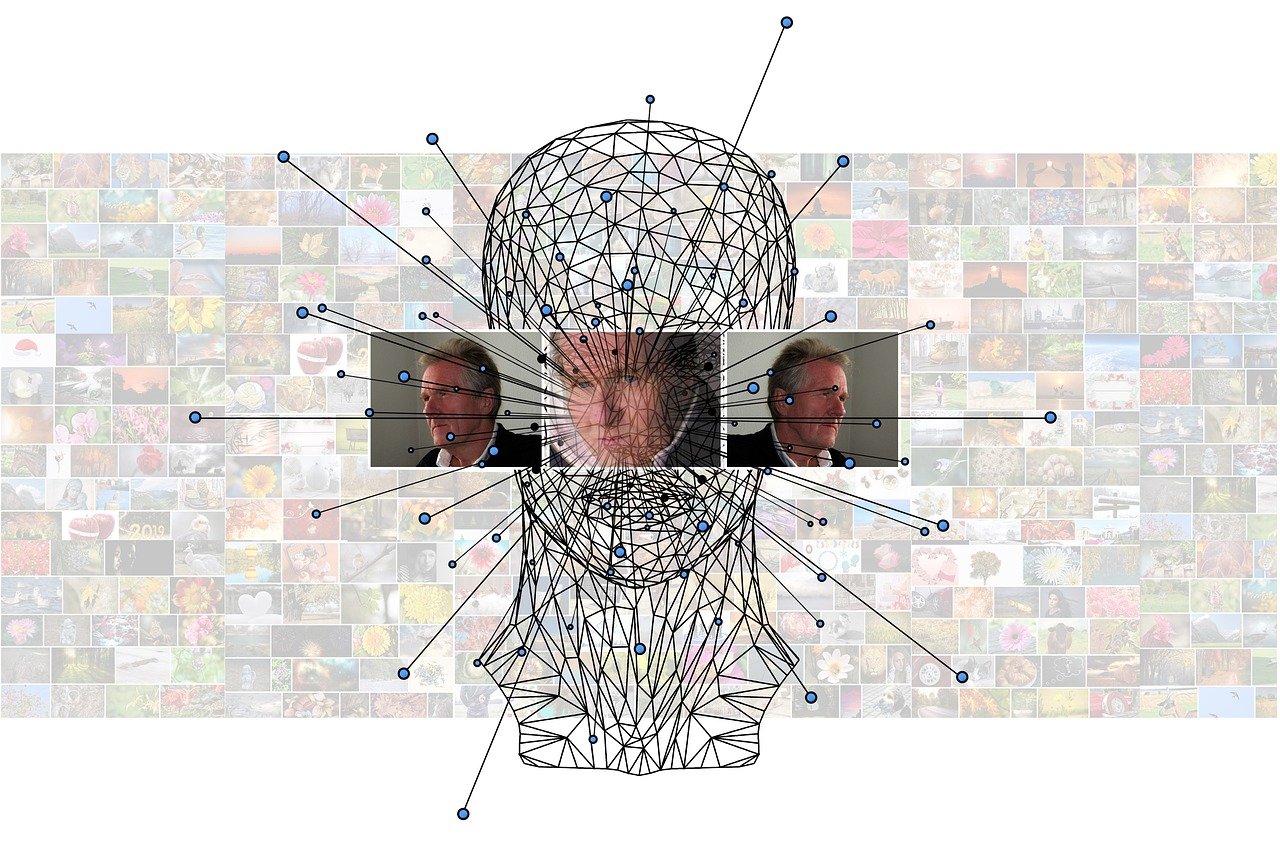The e-commerce industry has gone through a huge transformation and at the center of that change found is deep learning. This technology is taking the world of online shopping by storm through the power of artificial intelligence—enabling businesses which now could create a more personalized experience for shoppers in guiding them through their individual tastes and needs.

Deep learning, as a subset of machine learning, allows systems to discover patterns and relationship within huge amounts of data. Through neural networks and convolutional neural networks, a business can provide consumers with results that are more closely linked to their tastes and experiences, provided that a recommendation system has never been as precise.
A More Personal Shopping Experience
E-commerce was known for categorizing customers based on the products they bought or the types of items they browsed on. While deep learning has pushed ahead, now set the benchmark enabling fuller grasp of customer preference, the product would never be well recommended for them as a result. It pays much more attention to details in analyzing complex data streams from numerous sources, which encompass purchase history, browsing propensities, search queries in various e-commerce sites, and even social interactions for a multifold profile of the individual.
This extensive user profiling enables the system to predict not just what a customer might like, but also when and why they might like it. For example, one could track seasonal shopping behavior and account for the impact of recent trends, and even understand how mood or environment might influence purchasing behavior.
The Power of Visual Recognition
Convolutional Neural Networks (CNNs) are instrumental in transforming the field of recommendation systems by concentrating on the visual nature of online shopping. These models perform well in analyzing images: they define patterns, colors, textures, and styles. For instance, when I look at a jacket, CNNs can offer me experiences of similar jackets based on color fusion, style, and fit. This takes personalization to the next level by matching shoppers not only with stuff that’s close to their past behaviors but also into visual similarities.
Predicting What Comes Next
Moreover, predictions can be made related to what a user would do in the future, unlike predicting user preferences. RNN and LSTM both make e-commerce platforms smart in identifying what a user will do next. These models are excited to learn from which item the first product pointed logically, typically through the last things that would be in their shopping cart. With this data, deep learning can even make accurate forecasts about what the person could be interested in next, keeping them engaged, as well as handwriting the shopping experience itself.
Real-Time Adaptive and User-Centric Marketing Campaigns
The most powerful benefit of deep learning may very well be its real-time flexibility. According to Opcendor statistics, simply engaging a certain toy game with the children will immediately activate several dozens of sensors, while most conventional measures trigger below 10. The longer a customer interacts with the platform, the smarter the system becomes.
How intelligent the system is and how far it can go correlates with the threshold these vendors put before ensuring a customer purchase. However, with deep learning the exact same thing happens but without the intervention of the customer.
For example, whenever a user searches very often for eco-friendly products, the system will learn to prioritize those items in future recommendations. This will assure that the shopping experience remains current and engaging even down to a personalized level.
Risks and Implications
Most would be aware of the significantly potential uses and application of deep learning. However, e-commerce confronts impediments in this revolutionary method. Among the initial challenges that one would obviously mention would be the need for reliable and adequately large datasets. The whole approach to deep learning is dependent on having a diversity of data in the right or exact amount. The model does not create trends and patterns without enough data to be fed into these features.
One of the most usual problems is further highlighted by privacy issues in the data. In this manner, as they use up data with large amounts of personal details, businesses must ensure that their use of these particular data is responsible. Conditions like privacy rules and transparency will remain very important, since only trust on the customers’ part can help prevent misfortune in the future.
Things to Consider: Possibility of Online Shopping in the Future
Undoubtedly, the future of shopping is deeply linked to the development of deep learning. Technological advances will lean towards the creation of even more sophisticated recommendation systems that will fit into other available technologies such as augmented reality and voice assistants to deliver shopping experience better personalized.
The fast-emerging shift toward ecologically sustainable living may soon open the doors for deep-learning systems to help shoppers in discovering the best eco-friendly items or coming up with alternatives that are in line with their ideals.
Deep learning has finally shaded a new light on the future of online shopping and now makes it possible to have more personalized, engaging, and efficient shopping experiences for today’s mobile and digital customers. The potential for innovation for businesses that get creative with AI is limitless. Now, though, the serious challenge is to carve out a path through the thicket of troubles linked to data privacy, ethical use, and fair use and thus avail benefits in extremely responsible ways to both consumers and businesses. Fan the fire, personalize everything.



